The modern era is usually called the era of smartphones – starting from the age of 10, this gadget, or even more than one, is an obligatory attribute of every person. But there is a big chasm between the phone and the personal computer, which in some respects will never be bridged. We are talking, of course, about the size, that is, about the convenience of work. Increasing the size of a smartphone is a trend that has practically exhausted itself, but PCs with laptops are not getting smaller either. An alternative solution is to use a tablet that is intermediate between the computer and the phone. It is not surprising that the tablet is second only to smartphones in the sales structure.
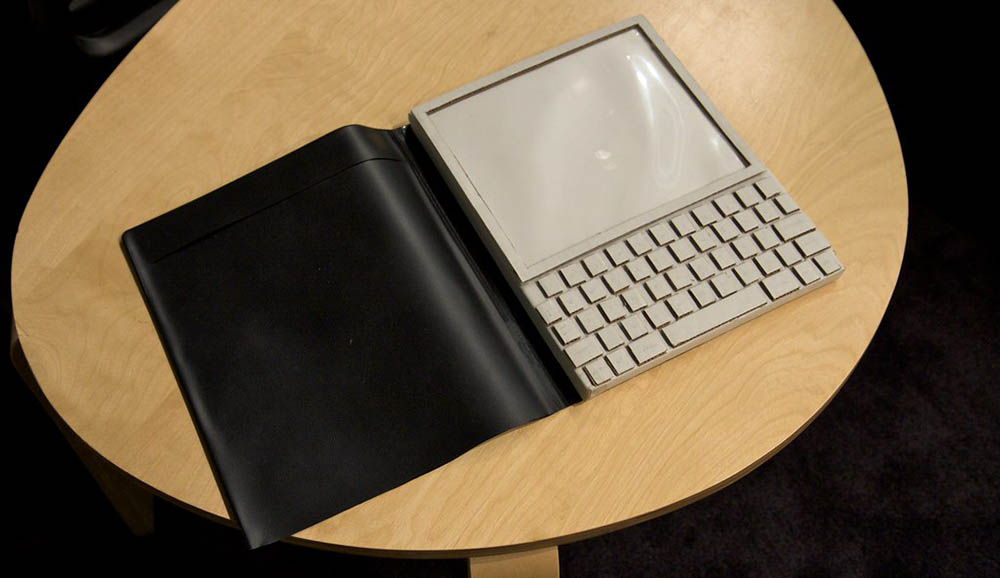
But this was not always the case – the history of a smaller copy of a laptop (or an enlarged version of a mobile phone), like any other technical novelty, is full of ups and downs.
Contents
What is a tablet
There is no single definition of a tablet. It is smaller than a laptop and can be carried with you. It’s bigger than a smartphone, which is good in terms of readability. In terms of computing power and battery life, the tablets also fall somewhere in the middle. As well as in functionality, although this is where the biggest differences lie: there are many varieties of tablets, some of them are closer to laptops, some are focused on performing specific tasks. Tablet PC, Ultra Mobile PC, MID, Internet Tablets – these names should be understood as subtypes of tablets, the common feature of which is the presence of a touch screen and the absence of a separate keyboard. Although the last condition is not always met.
To understand all this in more detail, it is worth making a small excursion into the past – the history of the tablet, although relatively young, is bright enough.
From telegratograph to Tablet PC
The prototype of a device that can recognize the written text was the telegratograph, which was invented back in 1888. True, he only knew how to write down text using an electric pen. The device that learned to interpret this text appeared later, in 1915.

Handwriting recognition can hardly be called the main task of a tablet, but science fiction writers liked this idea, and in the series “Star Trek”, which became a bestseller in the 60s of the last century, a prototype of such a device appeared. In 1968, another fantasy film, A Space Odyssey: 2001, showed a device that strongly resembles modern e-readers (a tablet aimed at reading e-books).

From showing the idea to its technical implementation, very little time passed: in 1969, Xerox engineer Alan Kay presented to the authorities a project to create a children’s game tablet called KiddiComp, which was not implemented. But later it was reanimated under a different name – One Laptop Per Child. In 1972, Kay introduced his other idea to the public. Dynabook turned out to be a concept that was subsequently successfully tested in the development of both tablets and laptops. But in those days, there were simply no corresponding technical capabilities for the implementation of a promising project.
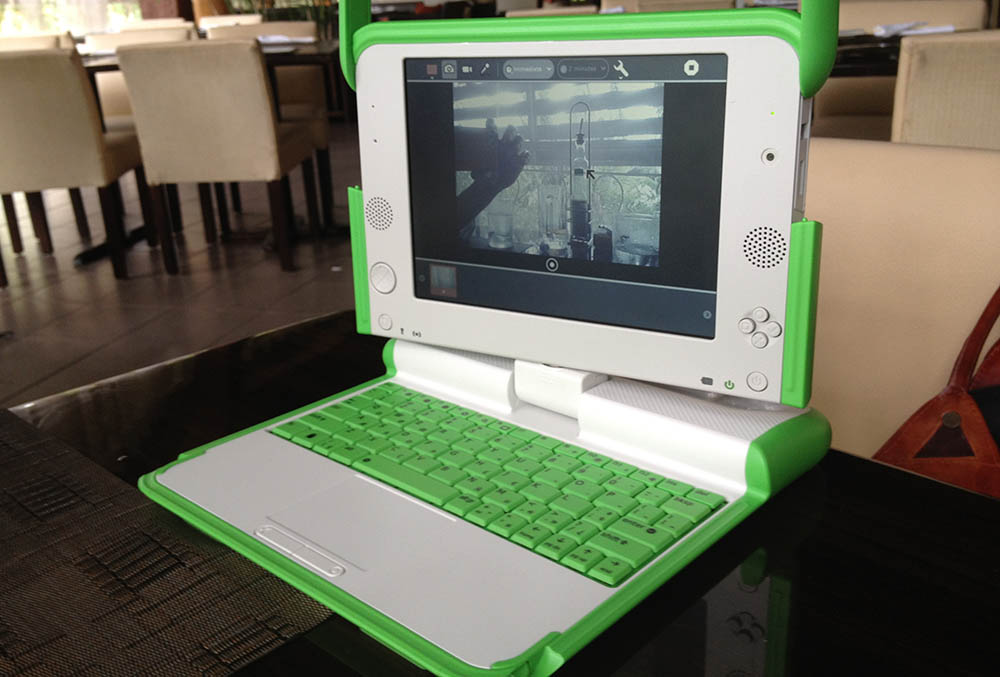
However, it is Alan Kay who is today deservedly considered the person who invented the tablet. The invention had to wait almost 20 years until it was embodied in iron. The world’s first laptop from Toshiba with a touch screen, which went on sale in 1989, was named after the inventor – Dynabook SS-3010.
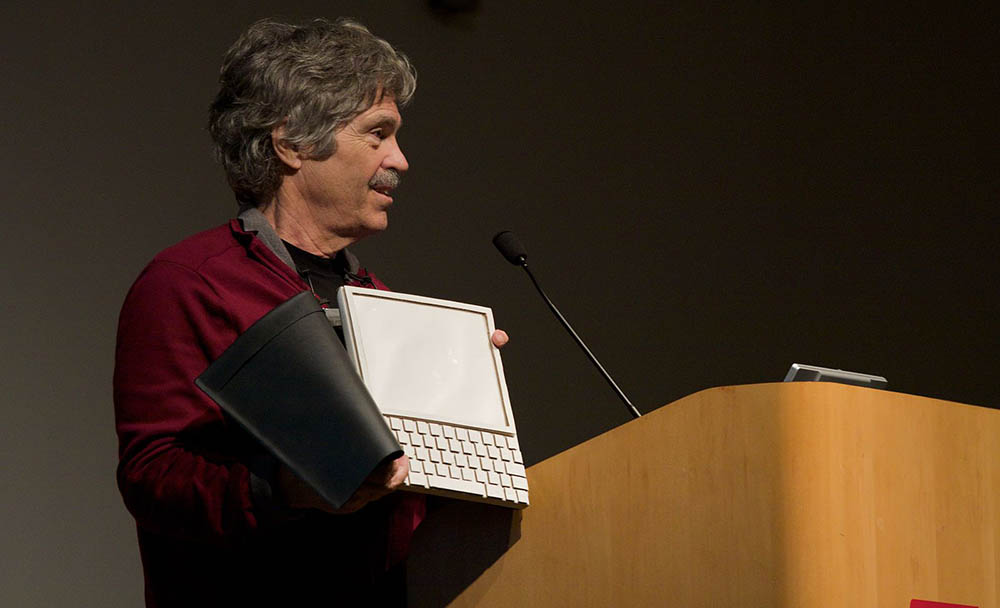
Around the same time, Apple was also actively working on the development of a portable device, presenting a conceptual model of Knowledge Navigator for a year more equal. Several technical innovations were implemented in this device, one of which, the gesture control system, was later taken as a basis for the development of Multi-touch for the iPhone.
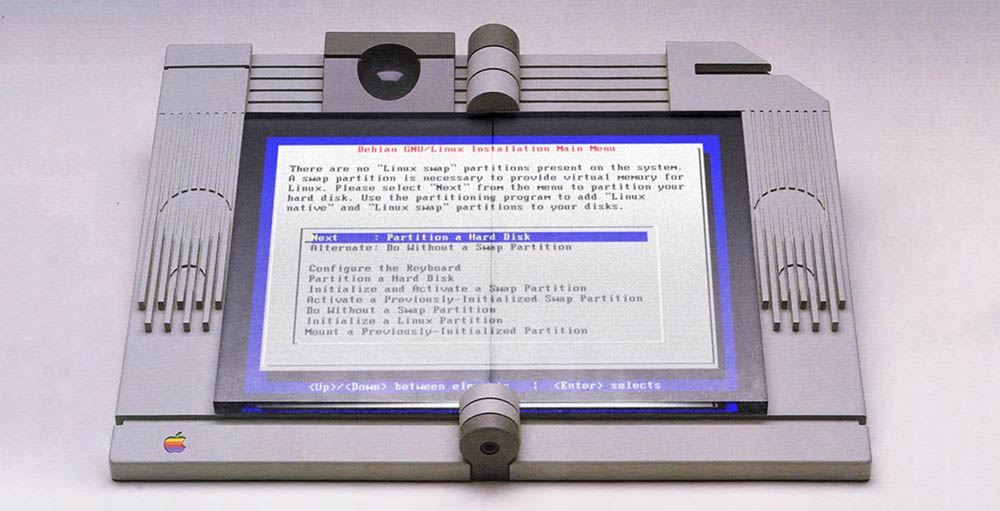
In 1996, the DEC Lectrice tablet appeared, which can be called the first device for reading e-books and documents. After another 4 years, 3Com presented its version of the tablet. And he also had his own specialization – web surfing. In addition to the touchscreen display, the 3Com Audrey tablet was equipped with a full-size keyboard, and in its size and form factor it was already reminiscent of modern gadgets.
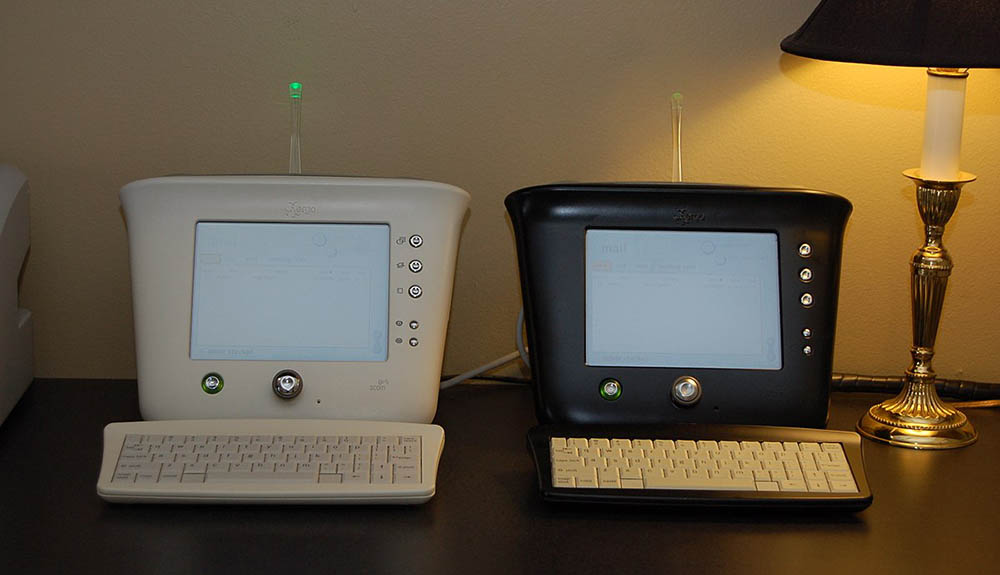
Microsoft soon joined the race, launching a series of Tablet PCs running a lightweight version of Windows XP – Tablet Edition OS, redesigned for a touch-friendly experience.
But for various reasons, all the sounded developments did not receive wide distribution.
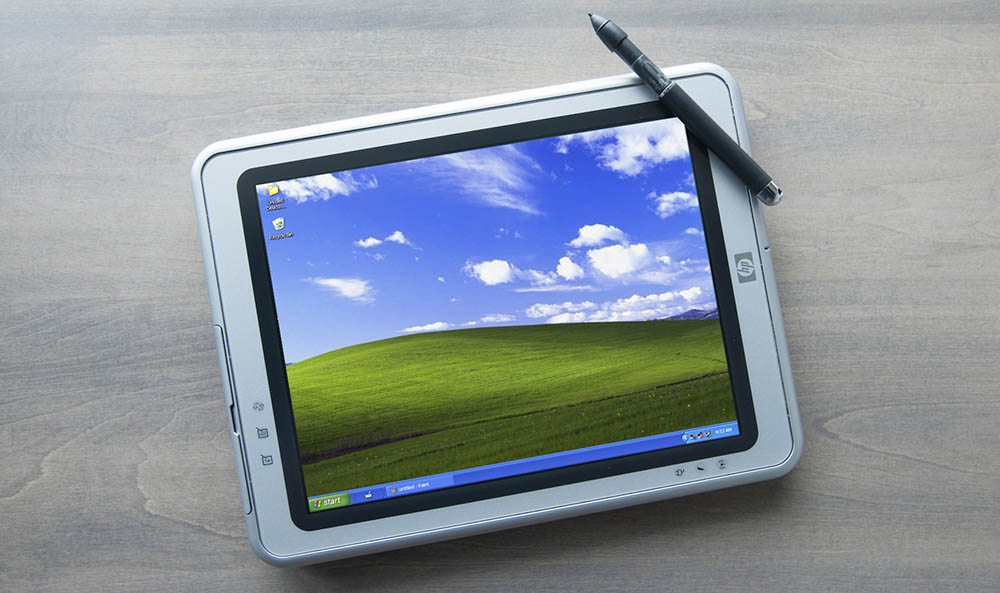
The first tablet from Nokia also failed to make a breakthrough, since the Internet Tablet had a number of shortcomings typical of other manufacturers as well (small display size, not very user-friendly interface, low battery life).
The history of the further development of the tablet is of an evolutionary nature – in some parameters they reached an acceptable level, in some they could not overcome the lag from the accepted standards.
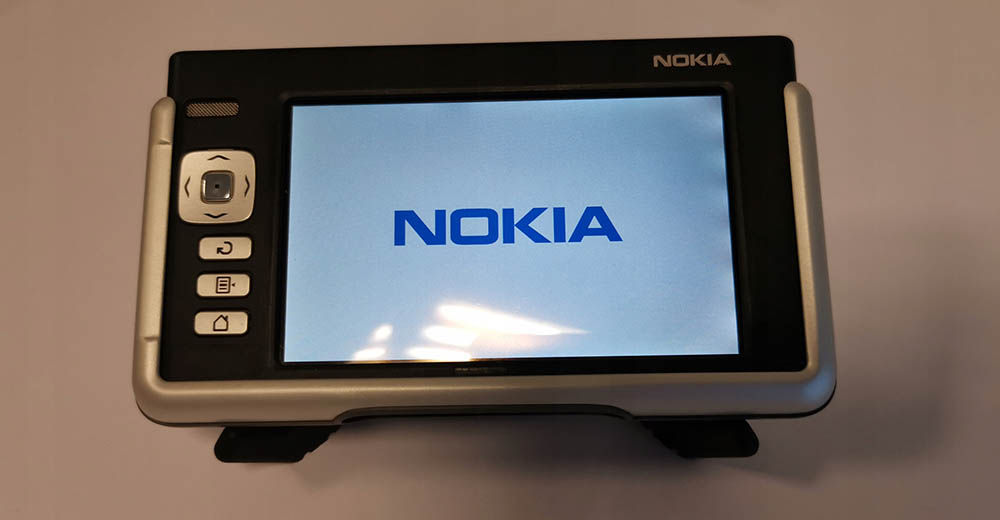
So, the ASUS R2H tablet, announced in 2006, had good functionality and a complete set, including a keyboard, case and a mouse, but it cost at the level of laptops, so there was no trace of mass sales of the model.
The tablets of that time were already close to modern ones in functionality, but they had poor technical equipment, they got very hot during operation, and the battery life left much to be desired.

Many well-known PC manufacturers were in no hurry to invest in the development of devices that for a long time could not change the niche category to a more prestigious and profitable one.
Away from the mainstream
Some brands have decided to take a different path, using the introduction of a certain technological innovation into the tablet, which clearly distinguishes it from the competitors. Well-known technique, but not always bringing marketing success. Such attempts were made by Chinese manufacturers who saw the tablet niche as promising, including contract workers producing Tablet PCs for first and second tier brands.
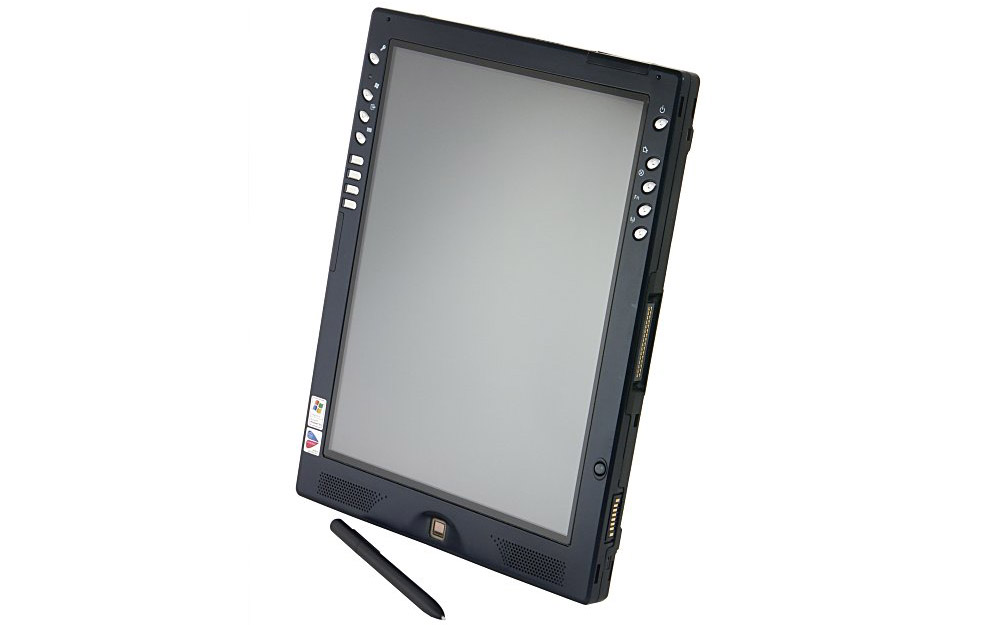
As a typical example, it is worth mentioning the Versia tablet, built on the platform of the Chinese brand Clevo. In this device, the emphasis was placed on size: 14 inches is unusually large for a tablet. And although it turned out to be convenient in work, it clearly lacked mobility, as well as autonomy. The docking station, which made it possible to connect a keyboard, mouse and other computer peripherals to the tablet, did not save the day.
By the way, the task of improving energy efficiency was not feasible for the x86 platform, which was dominant at that time. There were two options for further development of events: the niche dies safely or a tablet appears with satisfactory characteristics across the entire spectrum.
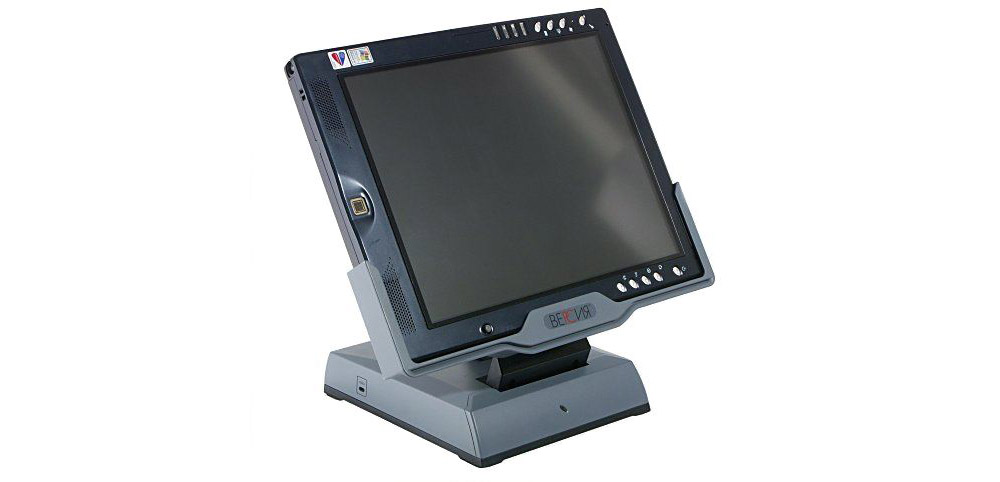
Reasons for failure in the tablet market
There were quite a few of them. We have already mentioned the lack of the x86 platform in conjunction with Windows – the products turned out to be either slow or with high power consumption and were very hot. The use of an active cooling system turned out to be unacceptable for this class of computing devices.
The Windows OS turned out to be unsuitable for the tablet format, mainly due to the small screen size, and such specific functions as touch control or using the stylus worked frankly poorly.
Many models did not have a touch screen at all, and if they were equipped with it, it was a resistive type that did not respond well enough to weak touches and did not react at all to touches with the pad of the fingers – only with a fingernail.
The dominant position of Intel and Microsoft, the inability to assess in time what the consumer needs – this is the final assessment of why tablets of the origin of the first decade of the millennium turned out to be unclaimed among the mass consumer of compact technology.
This is not to say that no attempts were made to use other processors and operating systems. But Linux-based tablets were doomed to fail for the same reason that this OS didn’t catch on on older computers. The emergence of something fundamentally different was required. The Android OS was well suited for this role. But it turned out that creating an operating system that is easy to use and not gluttonous in terms of the use of system resources is not enough to successfully promote the product. We also need solid support in the form of applications, and this was difficult at first.
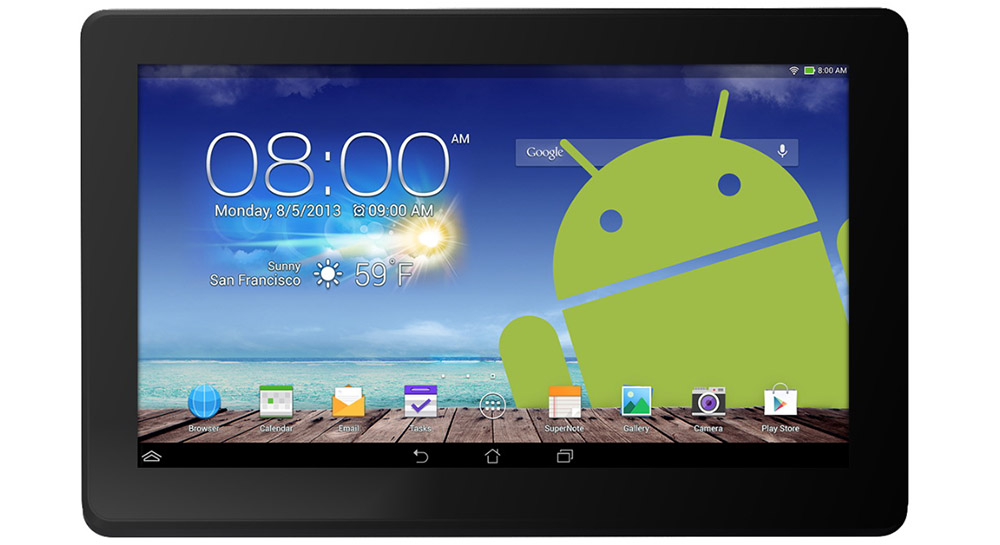
The importance of a developed ecosystem
Windows tablets had no problems with third-party support, but it was poorly adapted to work on tablets with a small screen. Microsoft’s efforts to improve the user experience of its OS have not been enough.
Google took advantage of this by offering a bundle of its operating system for mobile devices and an ever-growing pool of stable and secure applications available in the Play Market. Apple built the same infrastructure, offering iOS and AppStore users, as well as iTunes capabilities.

There was little to do: integrate the services used in laptops and PCs with the capabilities of smartphones. Difficulties on this path lay in wait everywhere: the niche developed spontaneously, some standards were replaced by others, quick adaptation was required, which small companies could not afford.
Another serious constraint was the cost factor: the price of tablets was kept at the level of laptops for a long time. Thus, tablets turned out to be devices whose usefulness was questioned in the minds of most users.
Breakthrough
That all changed when Steve Jobs announced the iPad in 2010. By that time, the niche was already formed and did not enjoy success, so many experts reacted to this news with great skepticism. And they were put to shame: on the first day of sales, the tablets scattered like hot cakes, creating a steady demand for these apple gadgets.
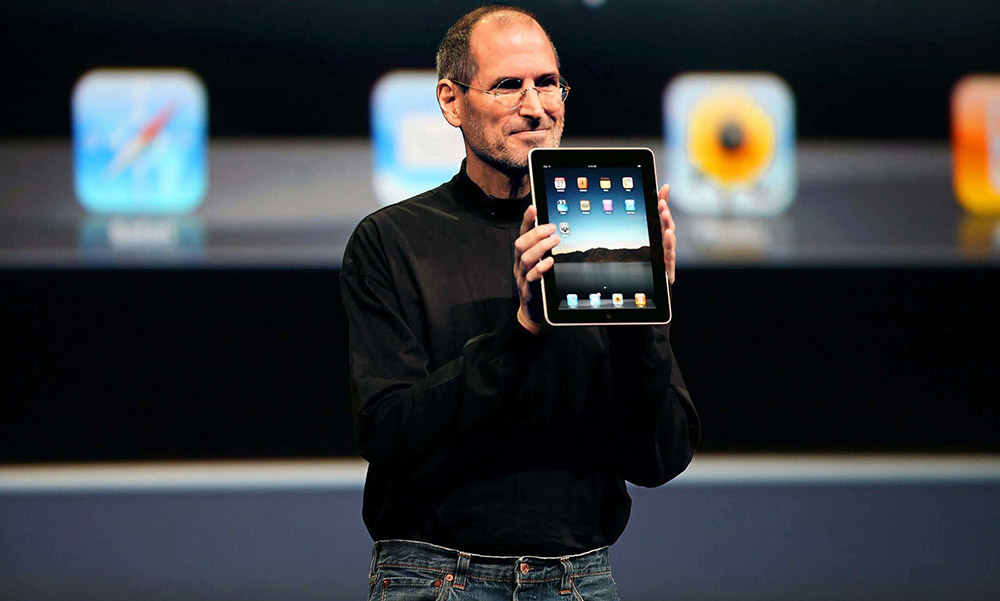
Jobs’ genius worked once again, he managed to anticipate the aspirations of the masses by creating a product with in-demand characteristics.
The iPad has proven to be good at everything from presentable looks to great performance. Autonomy turned out to be at the level of smartphones: 16 hours for a tablet until this time was considered an unattainable benchmark. The screen was also excellent – much better than that of laptops, and the supporters of the brand had no complaints about the Apple ecosystem. The relatively low price of the tablet, at $ 500, has also become an important competitive advantage. The Samsung Galaxy Tab, for example, was more expensive.
The popularity of the iPad has brought undoubted benefits to the entire niche of tablets – nowadays it is difficult to find a manufacturer of smartphones or laptops that does not have a line of tablets in its assortment. And if gadgets from Apple were and remain fashionable, then modern devices based on Android can be called workhorses: they are cheaper and have no worse technical characteristics.
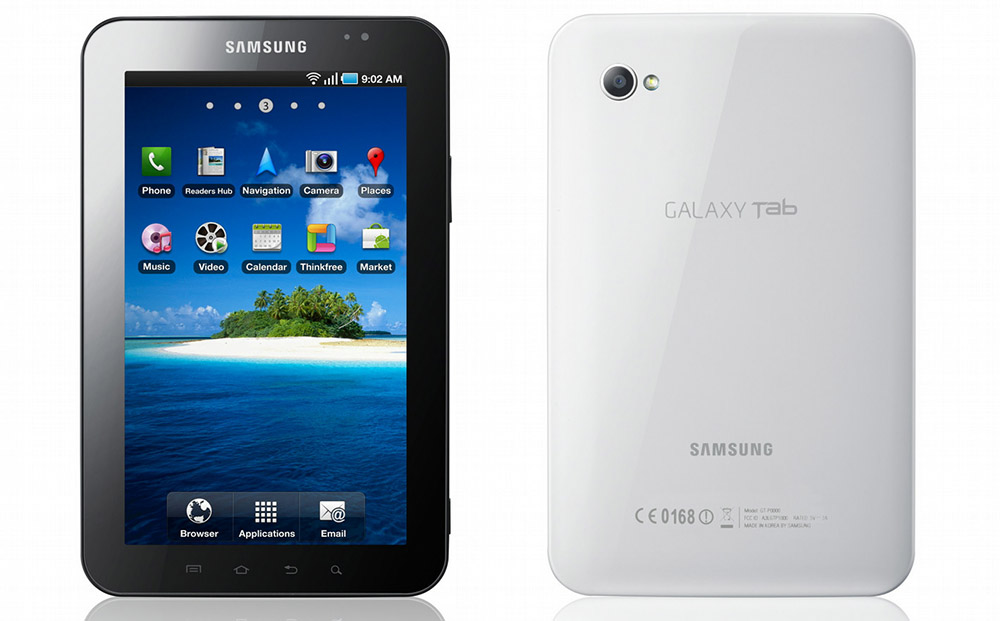
Today, a potential tablet user has a different kind of problems associated with the choice of a gadget that best suits his needs. But this is a topic for another conversation.